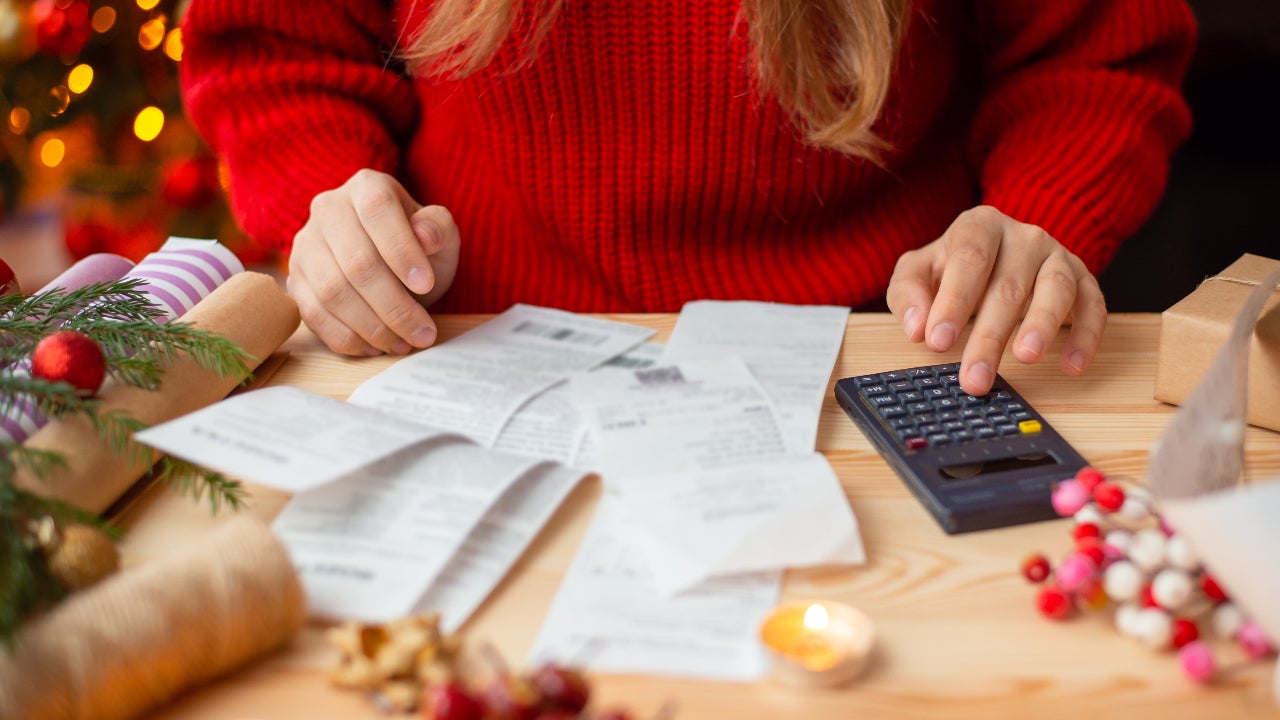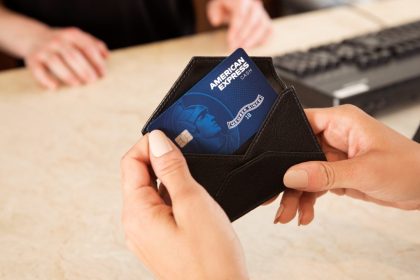If you entered 2025 with debt you racked up during the holidays, you’re not alone. More than 1 in 4 holiday shoppers (27 percent) said they planned to go into debt this past holiday season by carrying a credit card balance or using a buy now, pay later (BNPL) service, according to Bankrate’s 2024 Early Holiday Shopping Survey.
Holiday debt can feel like a prolonged financial hangover. You had a good time treating your loved ones and perhaps traveling to see them, but looking at your balances now gives you a tension headache. You might even want to avoid addressing the issue altogether. Sadly, doing so won’t make it go away.
“You are going to have to go through the short-term pain of facing what it actually is,” says financial coach and advisor Maureen Paley. “But just know that that is part of the process of getting through it and paying it off, and it’s totally doable.”
We spoke with Paley about how you can confront your holiday debt. Here are some steps you can take to pay it off — and prevent it from reappearing next holiday season.
What to do about your holiday debt
As is the case with any type of debt, you can tackle your holiday debt with some planning and budgeting. The process doesn’t have to be complicated.
1. Get all the numbers
First things first, you need to know what you’re dealing with.
“I recommend that people size up the actual dollar amounts of those debts and the actual interest percentages applied to those debts,” Paley says.
Look up how much you currently owe on your credit card or BNPL loan. Next, check the terms — you’ll need to know your interest rate and how it applies to make calculations.
2. Use a debt calculator
If you’re dealing with compound interest, such as on credit cards, the math can get quite elaborate. Instead of using the formula yourself, you can let a debt paydown calculator do the work for you. This way, you can quickly run several payoff scenarios.
3. Write it all out
Now that you have your payoff scenarios, write them down to have all your options in front of you. Your goal is to compare them against your budget and find the optimal solution that’s realistic and will save you money.
“You need to look at the numbers and understand, ‘Okay, how much more do I need to pay on top of the minimum payment to squash that as quickly as possible, so I save [on] interest?’” Paley suggests.
4. Develop a plan
Once you’ve picked the debt payoff plan that works for you, it’s time to think about how you’re going to implement it.
“Use your current budget and cash flow to start paying down that debt at a pace that helps you reduce the overall long-term costs of the debt,” Paley says.
Consider a balance transfer card
A part of your plan could include slowing down your spending temporarily. Everyone talks about Dry January, but how about a version of it for your budget?
Consumption comes in many forms. Often, a purchase is consumption too. After the large expenses of the holiday season, it can be helpful to go “dry,” limiting discretionary spending to address your debt.
“You might want to create some guidelines and some guardrails for yourself to really slow down the spending — maybe in January, February and March,” Paley recommends. “So you start the first 90 days of the year with more income to put [toward] paying down that debt.”
5. Stick with the plan
Debt payoff is rarely a quick process. You’ll need plenty of patience and discipline to eliminate your balance. Make it easier for yourself by not adding more to your debt. You might even want to consider not using your credit card until it’s completely paid off.
Another tool that can help you along the way is autopay. You can set it up to make automatic payments on your credit card for whatever amount you choose. This way, you won’t be tempted to pay less than planned.
Keep in mind: Minimum payments are usually an autopay option. But only making minimum payments will keep you in debt longer while interest accumulates.
How you can avoid holiday debt in the future
After you get rid of your holiday debt, the best thing you can do is ensure you won’t have to deal with it again.
Do some self-reflection
The season to be jolly is also the season of social pressure — and heavy marketing. People around you create expectations, making you want to keep up with the Joneses. You get bombarded with ads promoting sales and what holidays are supposed to look like. Try to eliminate the noise. Think of the holidays as you want them to be.
Plan ahead
In summer or fall, start coming up with more concrete ideas. Are you going to be traveling for the holidays? To whom will you be giving gifts, and how much are you willing to spend? This will allow you to come up with a holiday budget.
Start saving
If you don’t financially prepare for the holidays in advance, they might hit your wallet like a truck (again). A holiday savings fund can help you avoid that. “Maybe it’s something you can contribute $50 to every month, and you just do that throughout the 12 months of the year,” Paley says. “By the time holiday time comes, you’ve got $600 to work with.”
The bottom line
Wherever debt comes from, it can be persistent and overwhelming. Don’t let it affect your memories of the past holiday season or your excitement for the next one. Face the issue head-on and know that you can solve it.
“People get out of debt every day,” Paley says. “It is totally possible… And you can do it.”
Read the full article here
















